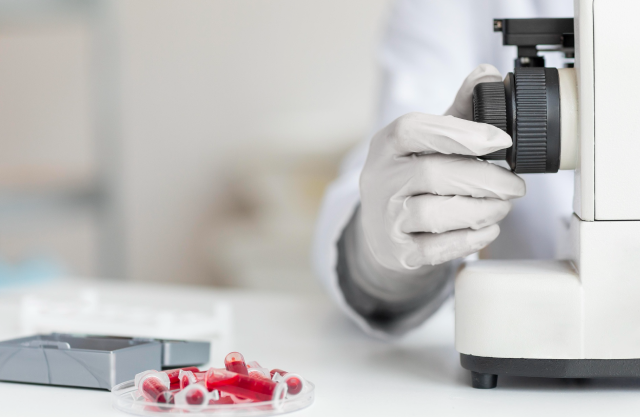At Koshikaa, we understand that healthcare is not one-size-fits-all. Our commitment to personalized diagnosisa and preventive healthcare is what differentiates us. Unlike conventional diagnostic services, Koshikaa takes a comprehensive approach by integrating a detailed questionnaire that evaluates individual lifestyles, habits dietary preferences and other aspects. This personalized assessment allows us to tailor our diagnostic services to address the specific health needs of each of our customers, focusing overall preventive health monitoring and particularly on cancer detection. This approach is increasingly crucial in the healthcare industry, where understanding individual risk factors can lead to early detection and more effective management of health conditions.


